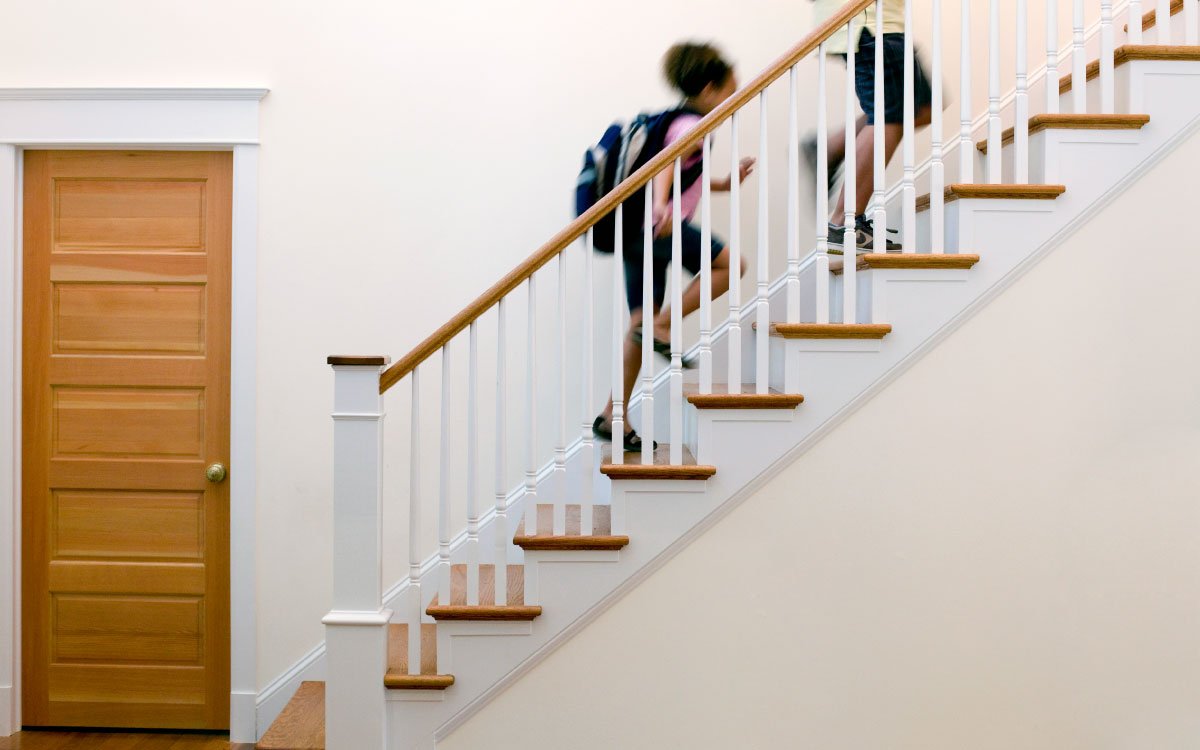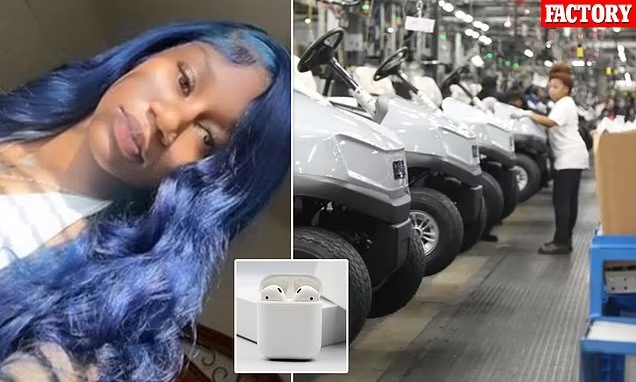When it comes to home design and renovation, one detail that often gets overlooked is nosing. This seemingly minor feature plays a crucial role in both aesthetics and safety in various applications such as staircases, flooring, and countertops. In this article, we will explore the different types of nosing, their applications, and essential considerations when selecting the right one for your project.
Overview of Nosing
What is Nosing?
Types of Nosing refers to the protruding edge of a stair tread or the rounded edge of flooring and countertops. It serves both functional and decorative purposes by providing a smooth transition between surfaces and enhancing safety by preventing slips.
Applications of Nosing
Nosing is commonly found in:
- Staircases: It provides a safe edge for stairs.
- Flooring: It helps transition between different flooring materials.
- Countertops: It offers a finished look and adds to the design.
- Other Architectural Elements: Nosing can be used in doorways and thresholds to provide a seamless appearance.
Types of Nosing
Stair Nosing
Stair nosing is designed specifically for the edges of stair treads. Here are the most common types:
- Standard Stair Nosing: This is the most basic type, typically flat and functional, designed to provide safety without additional decorative features.
- Bullnose Stair Nosing: This type features a rounded edge, providing a softer appearance and enhanced safety, making it less likely for users to trip.
- Square Nosing: As the name suggests, this type has a straight edge, giving a modern look while providing adequate safety.
- Beveled Nosing: With a sloped edge, beveled nosing offers a stylish transition between surfaces while minimizing the risk of tripping.
Floor Nosing
Floor nosing is used to create a smooth transition between different types of flooring. Common types include:
- Reducer Nosing: This type is used to transition from a thicker floor to a thinner one, providing a smooth incline.
- Threshold Nosing: Designed to bridge the gap between two different flooring materials at doorways, this nosing offers a clean finish and helps to seal off the transition.
- Carpet Nosing: This type is specifically designed for carpeted areas, providing a secure edge that prevents fraying.
Countertop Nosing
Countertop nosing enhances the appearance of kitchen and bathroom surfaces. Common types include:
- Straight Nosing: A flat edge that provides a clean, minimalist look.
- Beveled Nosing: Featuring a sloped edge, this type adds a touch of elegance and softness to the countertop.
- Ogee Nosing: This decorative nosing features a curved shape, adding a traditional and sophisticated finish.
Specialty Nosing
Specialty nosing options cater to unique design needs and materials:
- Vinyl Nosing: Often used in commercial settings, this type is durable and can withstand heavy foot traffic.
- Aluminum Nosing: Known for its strength and resistance to wear, aluminum Nosing is perfect for high-traffic areas.
- Rubber Nosing: Ideal for environments requiring extra safety, rubber nosing provides excellent traction and cushioning.
Factors to Consider When Choosing Nosing
When selecting nosing for your project, consider the following factors:
Material Durability
Choose a material that can withstand the expected foot traffic and environmental conditions. For example, aluminum is great for high-traffic areas, while wood may be better for residential spaces.
Aesthetic Considerations
Consider the overall design theme of your space. Types of Nosing come in various styles and finishes, so choose one that complements your décor.
Safety Features
Opt for nosing that includes non-slip options, especially for stairs, to enhance safety.
Compatibility with Existing Design
Ensure that the nosing you choose harmonizes with the existing elements in your home, such as flooring and cabinetry.
Installation of Nosing
Tools and Materials Needed
Before installation, gather the necessary tools:
- Measuring tape
- Level
- Saw (if cutting is needed)
- Adhesive or screws (depending on the type of nosing)
- Caulk (for finishing edges)
Step-by-Step Installation Guide
- Measure the Area: Accurately measure where the nosing will be installed.
- Cut to Size: If necessary, cut the nosing to fit the measurements.
- Prepare the Surface: Clean the area to ensure a secure bond.
- Apply Adhesive or Secure with Screws: Depending on the type, use the appropriate method to attach the nosing.
- Finish Edges: Use caulk to seal any gaps for a polished look.
Tips for a Professional Finish
- Use a level to ensure the nosing is installed evenly.
- Take your time measuring and cutting to avoid mistakes.
Maintenance of Nosing
Cleaning Tips Based on Material Type
Regular cleaning will keep the nosing looking fresh. Use appropriate cleaning products based on the material—wood, metal, or rubber.
Repairing Damaged Nosing
For minor damages, consider sanding or painting. For significant damage, replacement may be necessary.
Preventative Maintenance Strategies
Regularly check for signs of wear and tear, especially in high-traffic areas, to ensure safety and longevity.
Conclusion
Nosing may seem like a small detail in home design, but its impact on safety and aesthetics is significant. By understanding the different types of nosing and how to choose the right one for your needs, you can enhance your space both functionally and visually. Don’t hesitate to consult a professional or explore various products to find the perfect nosing solution for your project.
FAQs
What is the best material for stair nosing?
The best material depends on your specific needs. For high-traffic areas, aluminum or rubber is ideal. For residential settings, wood or vinyl may be suitable.
How do I install nosing myself?
Follow the step-by-step installation guide outlined above for a successful DIY project.
Can nosing improve safety on stairs?
Yes! Nosing provides a secure edge that reduces the risk of slipping, enhancing overall safety on stairs.




